Throughout 2015, we’ll be blogging about our dreams for corporate wellness, fitness, and aging well. Some of the content will represent a gentle “poking fun” at the industry, but it’s all written to stimulate thought about what really could be if we put our heads together and started mapping out what’s really possible in the realm of individual wellbeing. We hope you’ll join the conversation by commenting on the blogs, giving us additional ideas about which to write, and/or by finding us out on Twitter at #wellnesswhatif.
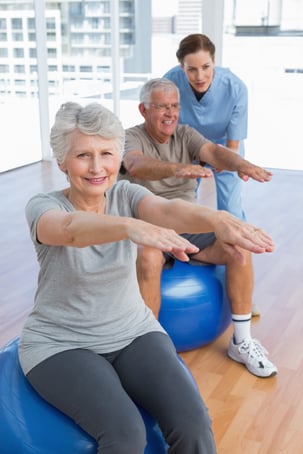 You’ve heard the saying, “it takes a village to raise a child”, right? The idea is that a child needs a whole village worth of support an influence, and education, and diversity to be raised into a healthy and vibrant member of society. If we look at individual wellbeing through a similar lens, I would say that it takes a team to help an individual be well.
You’ve heard the saying, “it takes a village to raise a child”, right? The idea is that a child needs a whole village worth of support an influence, and education, and diversity to be raised into a healthy and vibrant member of society. If we look at individual wellbeing through a similar lens, I would say that it takes a team to help an individual be well.
When I think about the generally poor health (admittedly, I tend to focus on physical health) for adults in the US, specifically preventable issues, I wonder how much is connected to adults simply not knowing how to choose better health and how much goes back to adults making unhealthy choices even though they know better.
Let’s face it, there are a lot of external players who influence an individual’s health. I can’t get into all of those factors here, but I do want to focus on the potential for a better relationship between health care providers and exercise specialists. What follows are some of the historical challenges as well as some what if ideas for working better together to take a team approach on individual wellbeing.
When I was working in corporate fitness several years ago, it wasn’t uncommon for me start talking with a new member about her goals for exercise and learn that she came to see me because their physician recommended she start exercising. In further conversation, I would learn that either the doctor provided no guidance on how often, how much, what intensity of exercise would be best, or (sometimes worse) the physician would have provided recommendations that were not practical for the individual.
It was always so helpful, when working with individuals who had a complicated health history, to get a physician recommendation that took into account that complex health picture. With more information from the doctor, I was able to write a more effective exercise prescription. But more often than not, the physician is hurried and filling out one more form isn’t top on their list, so I’d get an almost blank form returned with little more than their signature.
What if physicians had more time for discussion with patients about preventive health?
I think at least some of the barrier, though I’ve never heard anyone actually articulate this, is the image of the personal trainer. The certifications available for personal trainers are many and varied in terms of their rigor and it leaves a lot of question about credentials. Licensure has been debated for years in the industry and although the discussion varies by state (currently Louisiana is the only state with licensure requirements for clinical exercise physiologists), I think the reason licensure is even on the table is because the disparity among requirements for certification is so widely varied, it’s tough for even a well-educated individual to get to the bottom of what “certified personal trainer” really means.
What if all certifications had to meet a specific standard that raised the bar for education and experience?
The American College of Sports Medicine released an Exercise Is Medicine campaign years ago with the goal to have physicians make regular exercise a part of their recommendations for practitioners to their patients. The program includes guidelines for health care providers as well as for exercise specialists to interact in the best interest of the public. While some progress has been made on the partnership between the medical community and exercise professionals, there is much work to be done to bridge that professional relationship for the improved outcomes of the patients.
What if health insurance supported visits with a certified exercise specialists as part of a prescription for better health? (Not unlike counseling from a registered dietitian accompanies a diagnosis of diabetes.)
We have a long way to go to build a strong village that contributes positively to individual’s health and this health care + exercise practitioner discussion is only one portion of that village. What other areas are you passionate about? Where do we need to build a better village to help individuals make healthier choices?

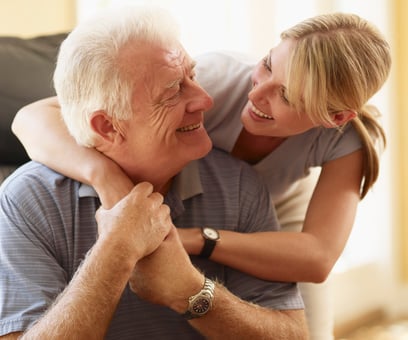 Several months ago, my parents were prospects in the market to relocate to a continuing care retirement community (CCRC) from their 4.5-acre home of almost 20 years. There were a variety of reasons for them making this move consideration, but age and ill health weren’t on that list.
Several months ago, my parents were prospects in the market to relocate to a continuing care retirement community (CCRC) from their 4.5-acre home of almost 20 years. There were a variety of reasons for them making this move consideration, but age and ill health weren’t on that list. 
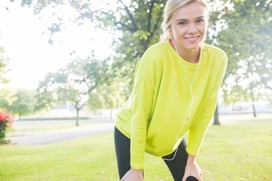 Sunshine and summertime is heading our way. With the weather temperatures rising and sunshine beaming down it’s easy to overlook the damaging effects too much sun can have on our health. You should worry about your sun exposure all year long, not just in the summer months. Be proactive in your sun protection as the weather warms up and you and your family start spending more time outdoors. Overlooking the importance of protecting healthy skin can have devastating and lasting effects on not only one’s appearance, but also overall health. Treat your skin with the care it deserves and stay safe from burns, blisters, and over-exposure with these five simple tips for
Sunshine and summertime is heading our way. With the weather temperatures rising and sunshine beaming down it’s easy to overlook the damaging effects too much sun can have on our health. You should worry about your sun exposure all year long, not just in the summer months. Be proactive in your sun protection as the weather warms up and you and your family start spending more time outdoors. Overlooking the importance of protecting healthy skin can have devastating and lasting effects on not only one’s appearance, but also overall health. Treat your skin with the care it deserves and stay safe from burns, blisters, and over-exposure with these five simple tips for 
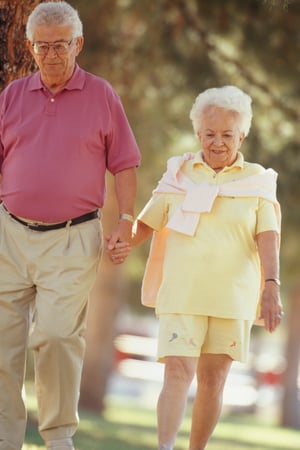 How healthy are your bones? This may not be a question you can answer quickly. Many seniors already have weak bones and don’t know it, but the good news is you’re never too old to take steps towards keeping your bones strong. Strong bones support us and allow us to move well. They protect our heart, lungs, and brain from injury. Our bones are also a storehouse for vital minerals that we need to live.
How healthy are your bones? This may not be a question you can answer quickly. Many seniors already have weak bones and don’t know it, but the good news is you’re never too old to take steps towards keeping your bones strong. Strong bones support us and allow us to move well. They protect our heart, lungs, and brain from injury. Our bones are also a storehouse for vital minerals that we need to live.


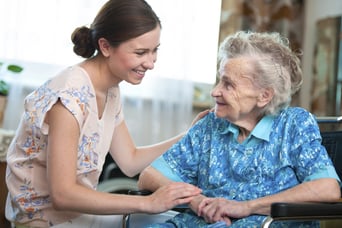 Taking Care of Someone with Cognitive Loss
Taking Care of Someone with Cognitive Loss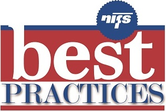
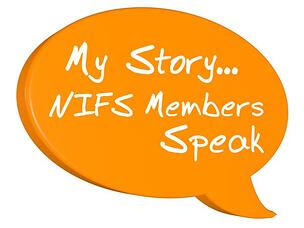 Tami is a determined woman. She began as a secret exerciser doing her own thing. She is now a bold woman with confidence willing to try everything she can. She actively recruits co-workers to join her for exercise sessions at the onsite corporate fitness center in their workplace and is always game to try new exercises. It has been fantastic to be able to get to know Tami during the past few years.
Tami is a determined woman. She began as a secret exerciser doing her own thing. She is now a bold woman with confidence willing to try everything she can. She actively recruits co-workers to join her for exercise sessions at the onsite corporate fitness center in their workplace and is always game to try new exercises. It has been fantastic to be able to get to know Tami during the past few years.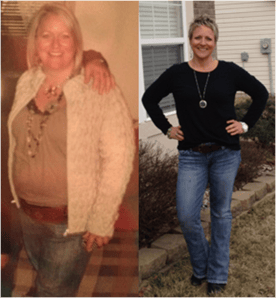 My exercise routine started out by playing the activity games, step aerobics, yoga, stretching, “running”/jumping in place, etc. for approximately 5 days a week for 45 minutes or more. I also had access to a gym, which after a month or so of the Wii, was my next mode of exercise. I would wake up at 3:50 in the morning in order to make it to the gym, make it back home in time to wake my daughter up for school, and get to work by 7:30 am. It was hard at first, but the weight was starting to really come off and I loved seeing the results and feeling good. By April, I was jogging on the treadmill with a 12 minute mile. Wow! I couldn’t believe I was “running”! At that point I was hooked….I loved running!
My exercise routine started out by playing the activity games, step aerobics, yoga, stretching, “running”/jumping in place, etc. for approximately 5 days a week for 45 minutes or more. I also had access to a gym, which after a month or so of the Wii, was my next mode of exercise. I would wake up at 3:50 in the morning in order to make it to the gym, make it back home in time to wake my daughter up for school, and get to work by 7:30 am. It was hard at first, but the weight was starting to really come off and I loved seeing the results and feeling good. By April, I was jogging on the treadmill with a 12 minute mile. Wow! I couldn’t believe I was “running”! At that point I was hooked….I loved running!